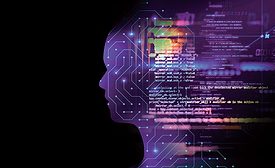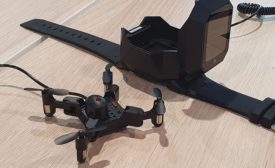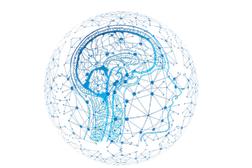Home » Artificial Intelligence (AI)
Articles Tagged with ''Artificial Intelligence (AI)''
How to Minimize Cybersecurity Failure? Plan for it
'If you fail to plan, you are planning to fail'
April 14, 2020
CES Unveils Array of Security Technologies
If CES is any indication, artificial intelligence, drones, robots and more will soon be everywhere.
April 8, 2020
Sign-up to receive top management & result-driven techniques in the industry.
Join over 20,000+ industry leaders who receive our premium content.
SIGN UP TODAY!Copyright ©2024. All Rights Reserved BNP Media.
Design, CMS, Hosting & Web Development :: ePublishing













